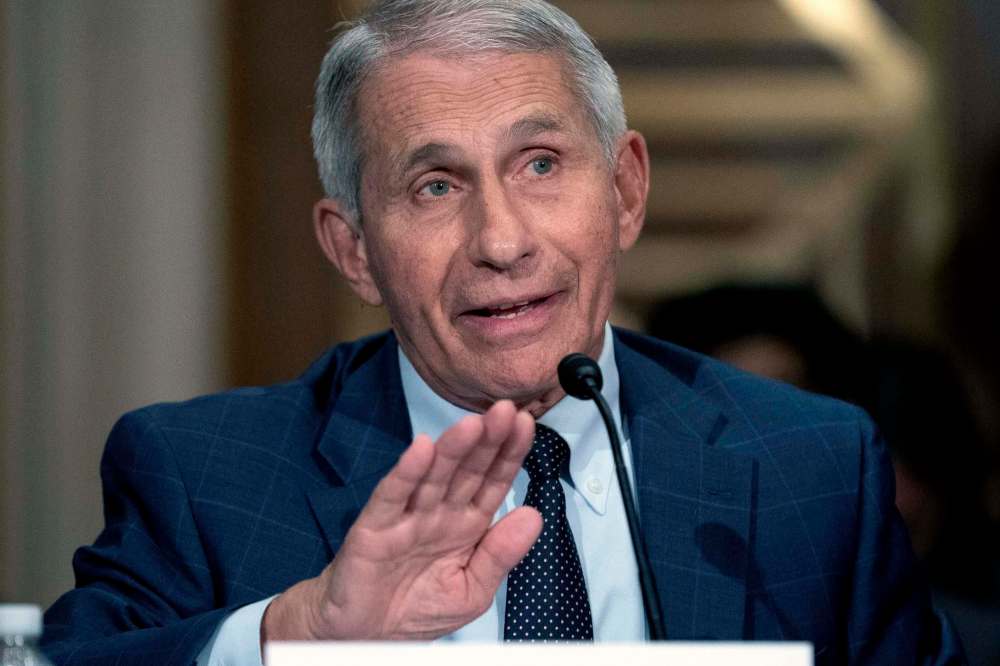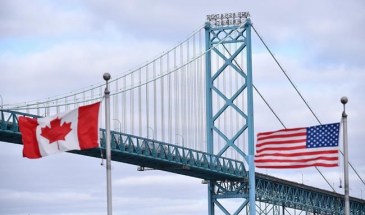Many factors driving border-opening decisions
Read this article for free:
or
Already have an account? Log in here »
To continue reading, please subscribe:
Monthly Digital Subscription
$0 for the first 4 weeks*
- Enjoy unlimited reading on winnipegfreepress.com
- Read the E-Edition, our digital replica newspaper
- Access News Break, our award-winning app
- Play interactive puzzles
*No charge for 4 weeks then price increases to the regular rate of $19.00 plus GST every four weeks. Offer available to new and qualified returning subscribers only. Cancel any time.
Monthly Digital Subscription
$4.75/week*
- Enjoy unlimited reading on winnipegfreepress.com
- Read the E-Edition, our digital replica newspaper
- Access News Break, our award-winning app
- Play interactive puzzles
*Billed as $19 plus GST every four weeks. Cancel any time.
To continue reading, please subscribe:
Add Free Press access to your Brandon Sun subscription for only an additional
$1 for the first 4 weeks*
*Your next subscription payment will increase by $1.00 and you will be charged $16.99 plus GST for four weeks. After four weeks, your payment will increase to $23.99 plus GST every four weeks.
Read unlimited articles for free today:
or
Already have an account? Log in here »
Hey there, time traveller!
This article was published 26/07/2021 (1594 days ago), so information in it may no longer be current.
The Canadian and U.S. governments are dancing a mysterious quadrille around the question of reopening their shared border to leisure travellers. It seems as though the dancers are each listening to different music — or maybe they studied at different dance academies.
Canada announced last week that fully vaccinated Americans will be able to enter Canada for non-essential purposes starting Aug. 9. This responded to the demands of Americans with close connections to Canada. Canadian businesses eager to serve those travellers have also been vociferously asking for relaxed restrictions.
Two days later, the U.S. announced that its current restrictions on Canadians entering the U.S. will be extended until Aug. 21 and may be further extended beyond that date. This offers the prospect of a border that is open on one side and rather more closed on the other.

The restrictions were first established in the early stages of the pandemic to limit spread of the virus. Both countries have been vaccinating their people with similar results. About half the people in each country are now fully vaccinated and about two-thirds of the people have received at least one dose of vaccine.
From a simple reading of the epidemiologic facts of the case, the health risks would seem to be about equal and manageable in both directions. But there may be more to it than the simple facts of the case.
The Biden administration is struggling mightily with the issue of migrants and refugees arriving at its southern border. The problem is that the Democrats, while in opposition, made political hay out of the former Trump administration’s efforts to halt the flow of Mexicans and Central Americans crossing the border from Mexico.
Now that the Democrats run the government, children are still arriving unaccompanied at the border and are still being detained and confined, in much the same way as when the Republicans were in charge. If the government relaxes restrictions at the Canadian border while continuing to apply strict measures at the Mexican border, it will face fresh condemnation from its Latino supporters and from refugee support agencies.
Dr. Anthony Fauci, President Joe Biden’s top pandemic-fighting adviser, seemed puzzled last week by the government’s extension of U.S. travel restrictions. “As a public health official, sometimes it’s difficult to figure out why policies haven’t changed,” he told a Canadian television interviewer.
The U.S. has not exactly said why it is still keeping the Canadians out, but it is probably not because they think we’re dangerous bearers of COVID-19. Canadians and Americans are infectious to about the same degree (though a spike in U.S. case numbers indicates a new wave of infection is building in unvaccinated populations there).
It’s more likely because the Democrats pilloried the Republicans for terrible management of the Mexican border and they can see where the Republicans now have the chance to do the same to them.
In these conditions, there is not much Canada can do to persuade the U.S. to relax its restrictions. It’s not about the virus; it’s about the midterm elections 16 months hence and the continuing stream of migrants fleeing poverty and violence in Central America.
Canadians have survived remarkably well through a year-and-a-half without shopping trips to U.S. border cities. If the Americans want to keep us at home a little longer, that should be a tolerable sacrifice. But we need not compel them to keep their tourist dollars at home just on that account.










